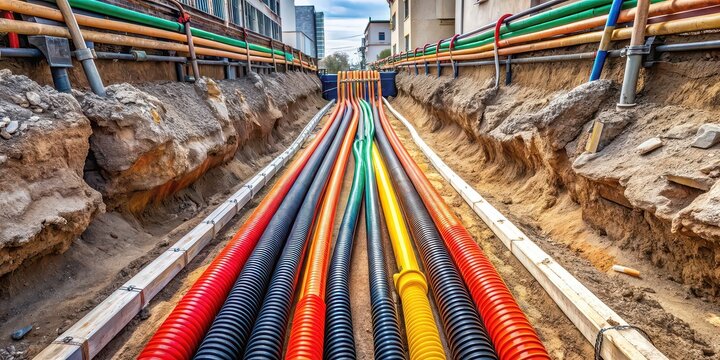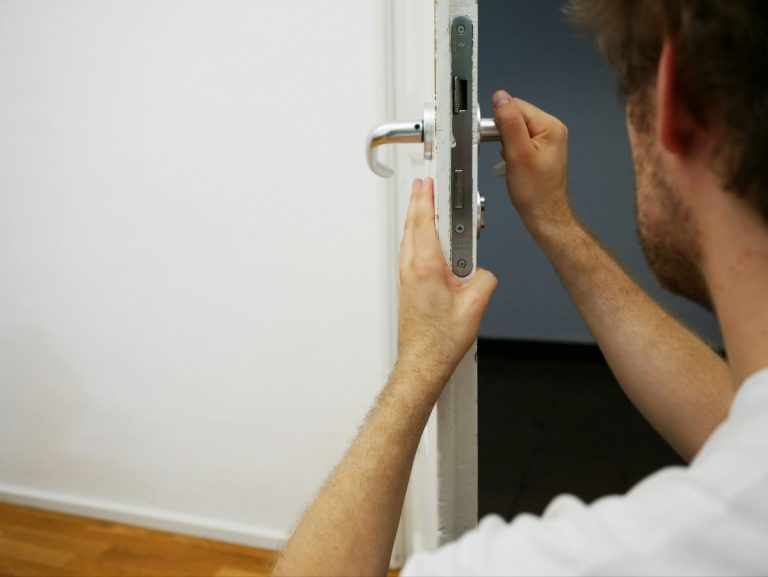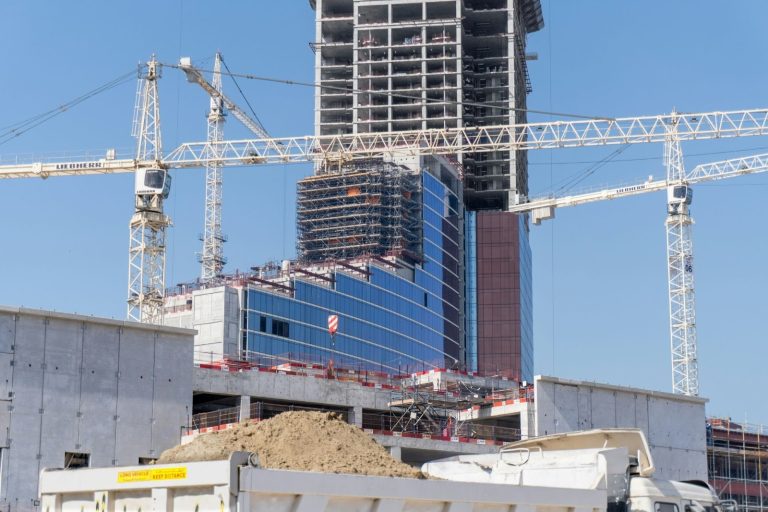Renovating a historic or listed building is far more complex than a standard construction project – it’s an act of preservation that carries significant responsibility. Whether you’re restoring a Georgian townhouse, converting a Victorian factory, or repairing a medieval church, the stakes are exceptionally high. Get it right, and you safeguard centuries of craftsmanship, cultural heritage, and architectural integrity. Get it wrong, and you risk irreversible damage, legal penalties, or even the revocation of a building’s heritage status. This is where a specialist heritage surveyor becomes indispensable. Unlike standard building surveyors, these professionals possess not only structural expertise but also a deep understanding of conservation principles, historical construction techniques, and heritage legislation. Their role is critical in ensuring that renovations respect the building’s past while accommodating modern functionality. Here’s why their involvement is non-negotiable for any historic renovation project. They Understand What Makes Historic Buildings Unique Historic structures were built using materials and techniques vastly different from those employed in modern construction. Traditional materials, such as lime mortar, solid timber, soft brick, and natural stone, behave differently than contemporary alternatives. A heritage surveyor recognises these nuances and can prevent well-intentioned but damaging mistakes that arise from applying modern methods to historic fabric. Common pitfalls include: Using cement-based renders or mortars – Unlike lime mortar, cement traps moisture, leading to damp issues, accelerated decay, and long-term structural damage. Installing incompatible insulation – Modern insulation materials can cause condensation within historic walls, leading to rot, mould, and deterioration of original timber or masonry. Removing or altering historic fabric – Even seemingly insignificant features, such as original plasterwork, floorboards, or joinery, may contribute to a building’s historical significance. A heritage surveyor ensures these elements are preserved or appropriately repaired. Without specialist knowledge, well-meaning renovations can inadvertently compromise a building’s structural integrity and historical authenticity. They Help Navigate Complex Legal Protections Listed buildings and properties within conservation areas are subject to stringent legal protections. In the UK, any unauthorised alterations to a listed building, including internal modifications, window replacements, or even paint choices, can result in enforcement action, substantial fines, or mandatory restoration at the owner’s expense. A heritage surveyor plays a crucial role in ensuring compliance by: Assessing which elements can (and cannot) be altered – They identify protected features and advise on permissible changes that won’t compromise heritage value. Preparing detailed documentation for planning and consent applications – Many local authorities require heritage statements, condition reports, and method statements before granting Listed Building Consent. A surveyor ensures these documents meet regulatory standards. Recommending sympathetic design solutions – Where alterations are necessary, they propose solutions that align with conservation principles while meeting modern needs (e.g., discreetly integrating modern services without damaging historic fabric). Without expert guidance, property owners risk costly legal disputes or being forced to reverse unauthorised work. They Prevent Costly Mistakes Historic buildings often conceal hidden issues—decayed structural timbers, subsidence, deteriorating masonry, or hazardous materials like asbestos and lead paint. Without a thorough assessment, these problems can lead to budget overruns, project delays, or even catastrophic structural failures mid-renovation. A heritage surveyor acts as a risk mitigator by: Conducting detailed pre-purchase or pre-renovation surveys – Identifying potential issues before work begins allows for accurate budgeting and planning. Recommending conservation-led repairs – Instead of unnecessary replacements, they advocate for repairs that preserve original materials, saving money and maintaining authenticity. Advising on phased restoration – For large projects, they help prioritise critical repairs to avoid overwhelming budgets. Proactive engagement with a heritage surveyor can prevent expensive surprises and ensure the project remains financially viable. “Altering a listed building without proper permissions can have serious legal and financial repercussions. A heritage survey is essential to identify protected features, ensure sensitive restoration, and provide the documentation needed to meet legal standards. It’s not just about preservation; it’s about protecting yourself as well as the building’s legacy.” – Matthew Amis, consultant for specialist heritage surveyor Six Heritage They Bridge the Gap Between Conservation and Construction A successful historic renovation requires collaboration between architects, contractors, conservation officers, and heritage bodies. Miscommunication between these parties can lead to conflicts, design flaws, or irreversible damage. The heritage surveyor serves as the critical link, ensuring that: Traditional craftsmanship is used where needed – They specify appropriate techniques, such as lime pointing, timber framing repairs, or stained-glass conservation. Modern interventions are discreet and reversible – If structural reinforcements (like steel beams) are required, they ensure these are installed in a way that doesn’t compromise historic fabric. The building’s historical narrative is preserved – They guide design decisions to ensure new additions respect the building’s original character rather than erasing its past Without this expertise, renovations risk becoming insensitive to the building’s heritage, diminishing its historical and aesthetic value. Don’t Leave It to Chance Not every surveyor has the expertise to handle historic buildings, and not every contractor understands the delicate balance between preservation and progress. Engaging a specialist heritage surveyor early in your project is the best way to: Protect the building’s legacy – Ensuring its historical significance is preserved for future generations. Avoid costly errors – Preventing irreversible damage or non-compliant work that could lead to fines. Streamline approvals – Facilitating smoother interactions with local authorities and conservation bodies. For developers, architects, and contractors working on heritage sites, this isn’t just best practice—it’s essential due diligence. The right expertise ensures compliance, avoids costly errors, and keeps Britain’s architectural history intact. Choosing the Right Heritage Surveyor When selecting a heritage surveyor, verify their credentials and experience. Look for professionals accredited by recognised bodies such as: Additionally, seek surveyors with a proven track record in historic building conservation, particularly within your building’s period or style. Renovating a historic building is a privilege and a responsibility. Specialist heritage surveyors provide the expertise needed to navigate the complexities of conservation, legal compliance, and structural integrity. By investing in their services, you protect not only the building’s heritage but also your financial and legal interests. Whether you’re a homeowner, developer, or architect, their involvement














